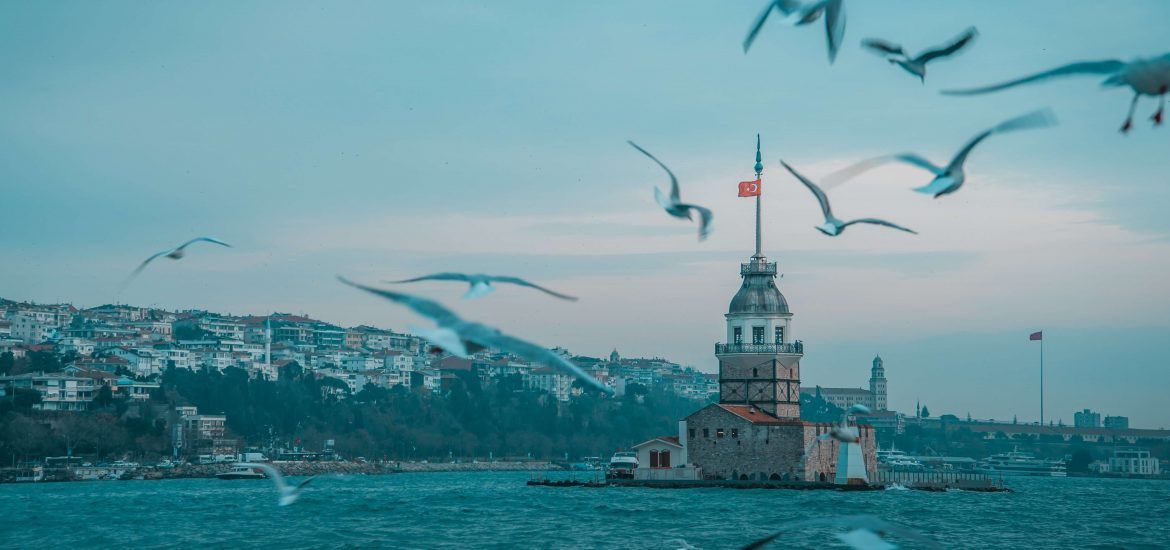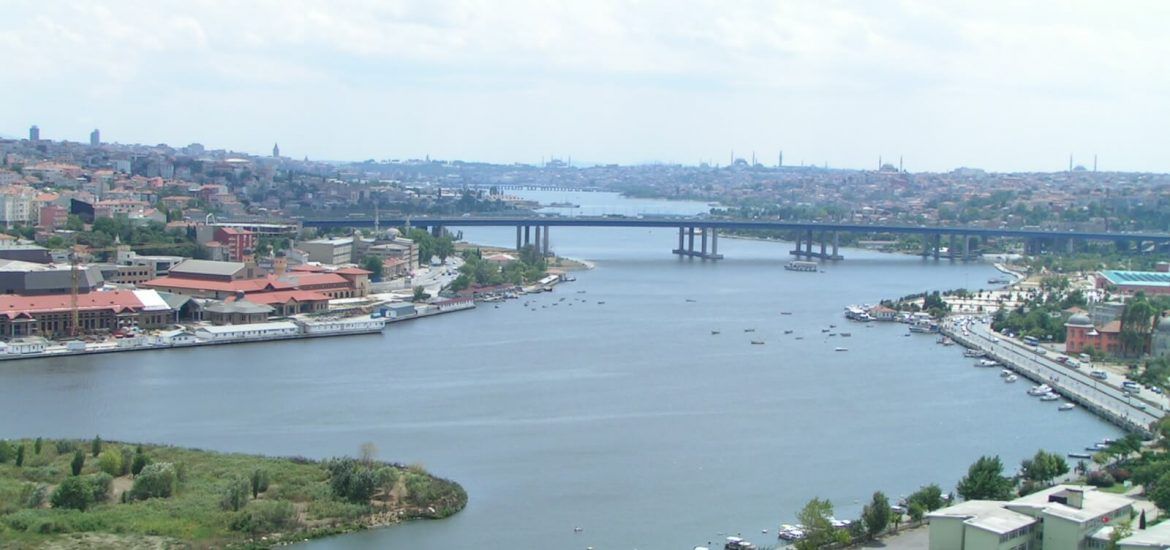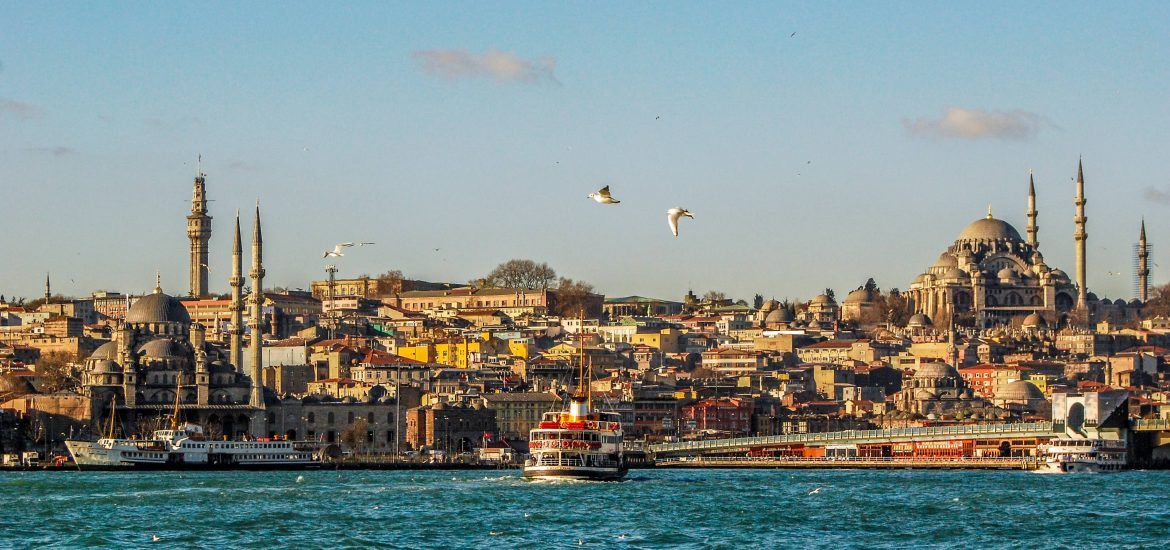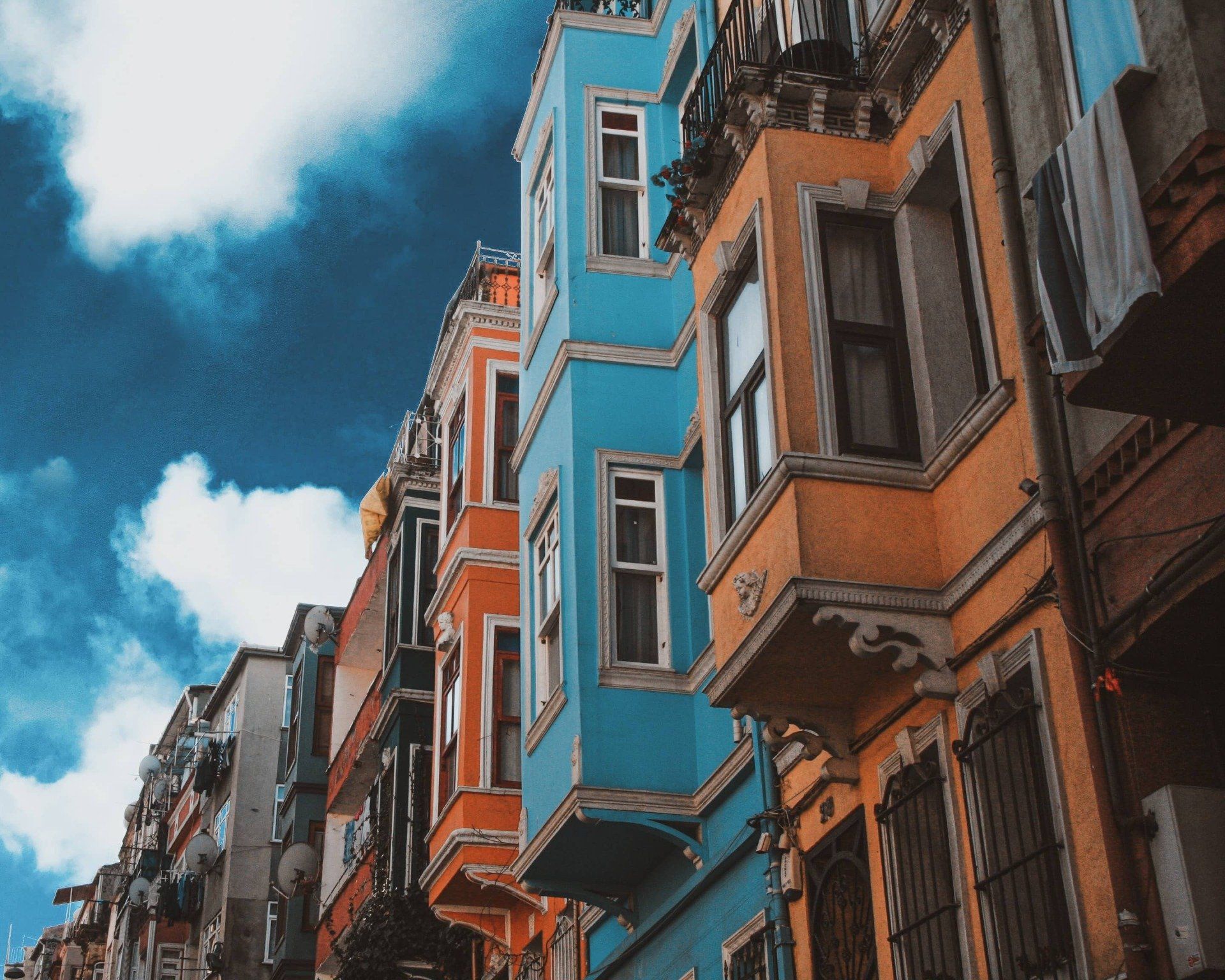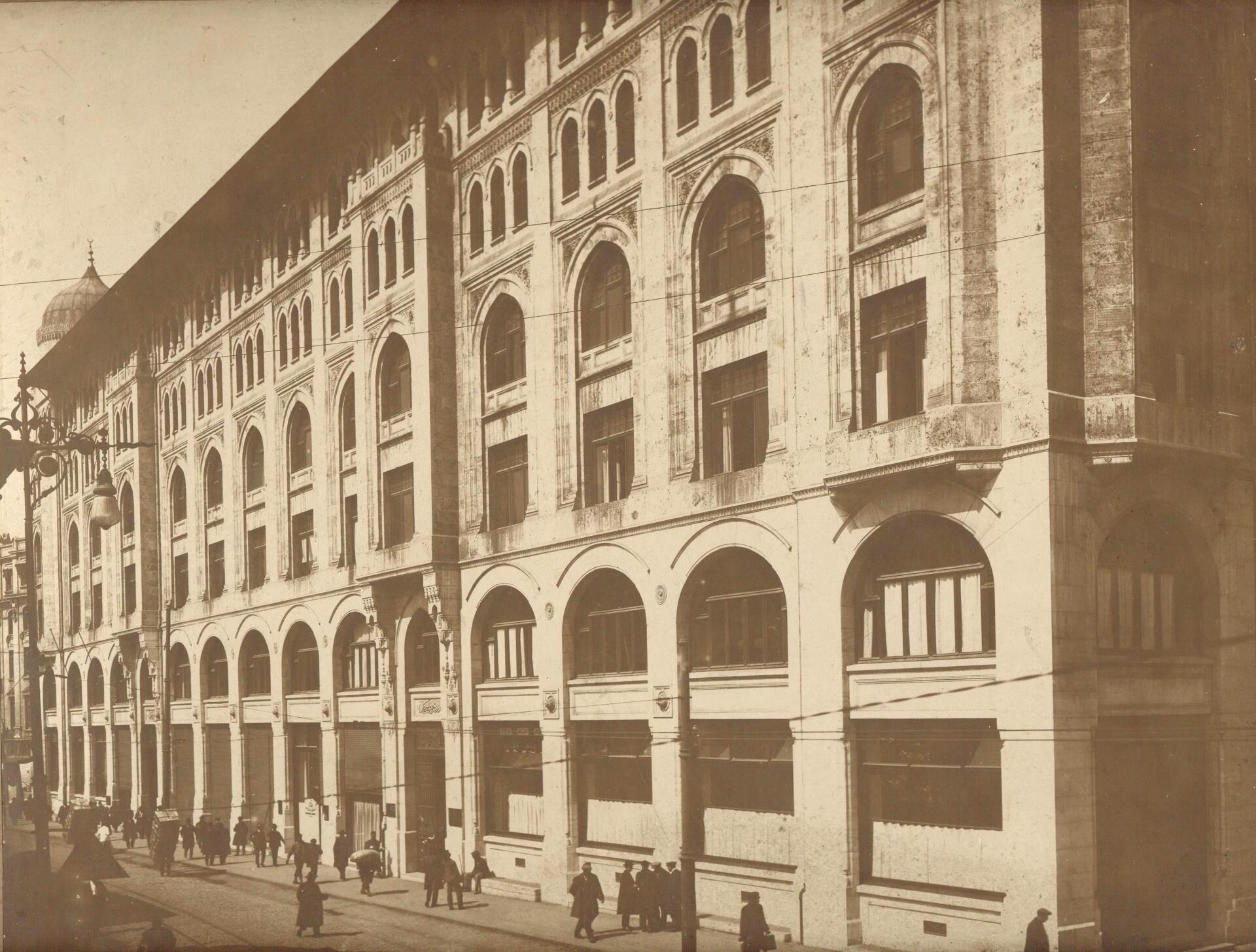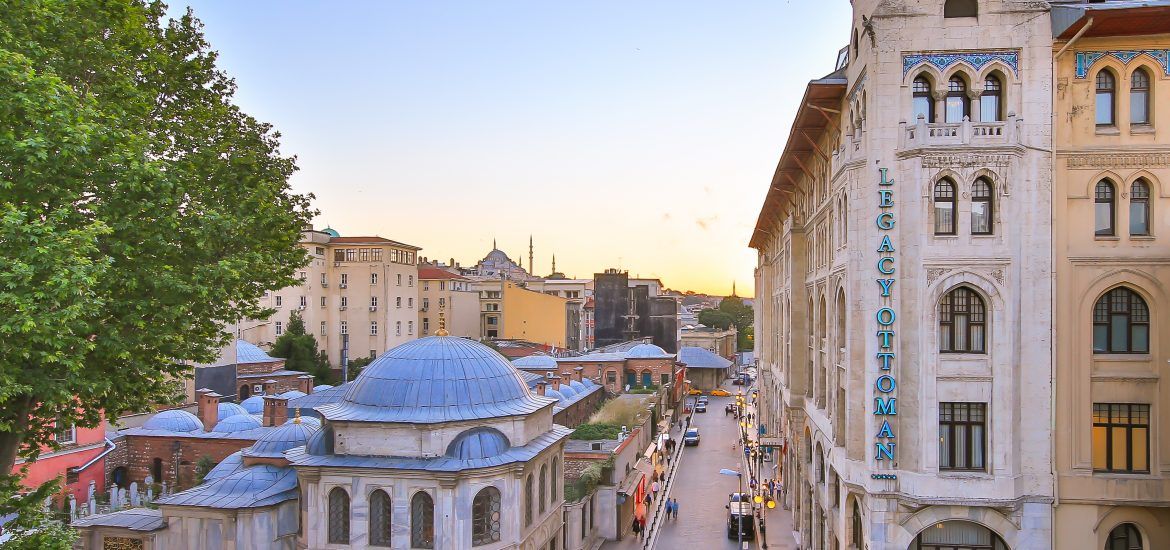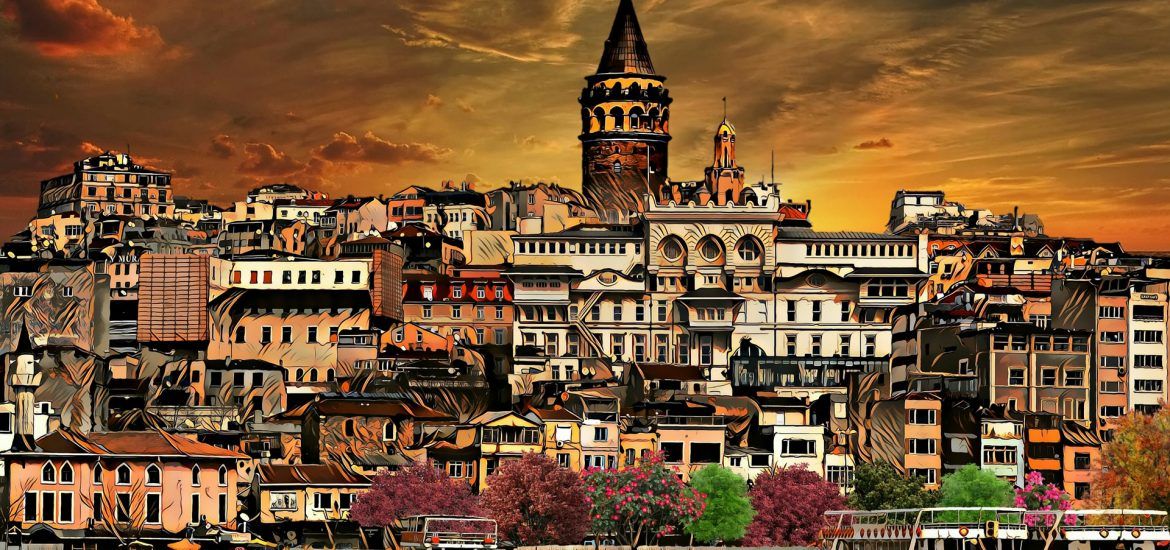Two Empires, 10 Historical Points: The Buildings From Byzantine and Ottoman Empires
Istanbul had been home to three empires. In the past, hosting great empires has led Istanbul to have many magnificent historical structures left from them. The history of Istanbul is literally the kind of splendour of the city. Here are Byzantine and Ottoman structures survived today.
Hagia Sophia Museum
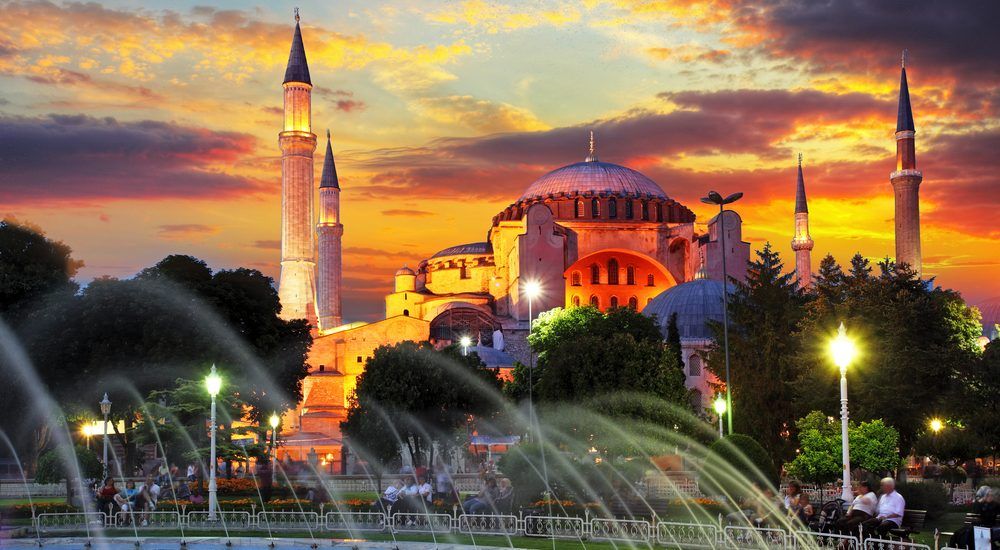
One of the most visited museums in the world, Hagia Sophia means ‘Divine Wisdom’. Hagia Sophia is the largest Byzantine church built in Istanbul. The building, which was used as a church for 916 years, was converted into a mosque with the conquest of Istanbul. In 1935, it was turned into a museum with the request of Atatürk. It is of great importance to understand Byzantine architecture.
Hagia Eirene Church
Hagia Eirene Church, which means “Sacred Peace”, is a neighbour of Hagia Sophia and was built during the same period. After the conquest of Istanbul, despite the fact that it is located within the walls of the Topkapi Palace, it was not converted into a mosque. Therefore, it has survived to the present day without architectural changes. Hagia Eirene Church has great importance for the understanding of museums in Turkey because the first museum practice was done here.
Kariye Church
The history of the Kariye Museum, which means “outside the city”, dates back to the fourth century. The building built by Justinian was converted into a mosque after the conquest of Istanbul. In 1945, it became a museum. This place, known today as the Kariye Museum, was built in the 11th century. It has been damaged and repaired many times.
Basilica Cistern
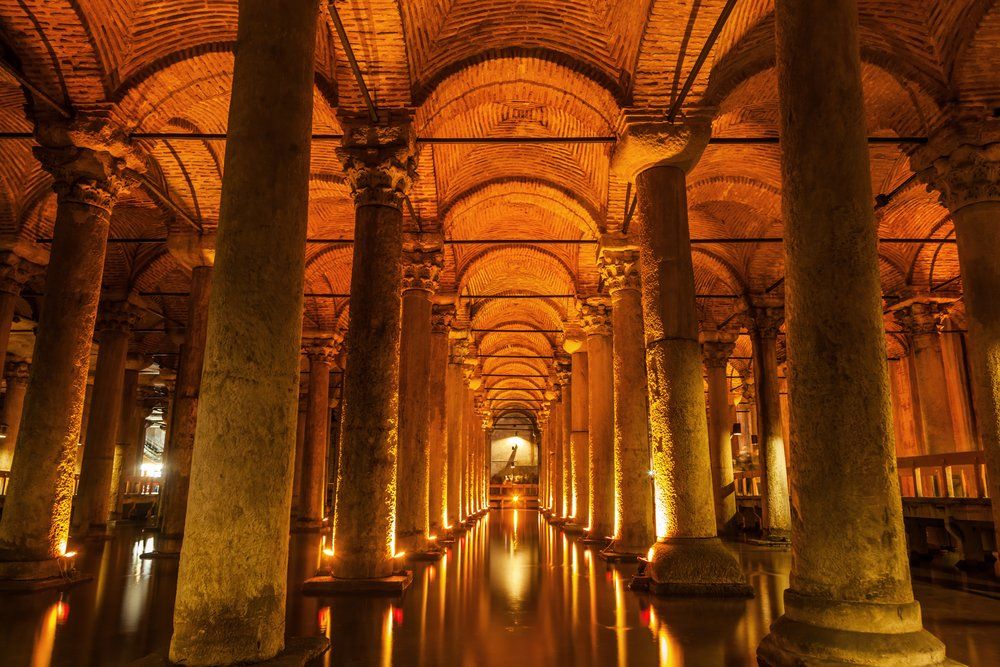
The Basilica Cistern, which is one of the magnificent historic structures of Istanbul, was built by the Byzantine Emperor Justinian I between 527- 565. The aim of the cistern is to provide water to the palace by storing water. The building was used for a while with the conquest of Istanbul, and then it was forgotten. In the 1500s, two Dutch wanderers noticed this place and brought them to the surface again.
Valens Aqueduct
The aqueduct of Bozdoğan, the oldest aqueduct in Istanbul, was built by Emperor Valens. In the late Roman, Byzantine and Ottoman periods, the aqueduct provided the water needs of the city for 1500 years. The water of the Basilica Cistern comes from here.
Beylerbeyi Palace
A wooden palace was built in the first quarter of 19th century instead of Beylerbeyi Palace. But the palace was burned after a while. Then, the famous architect of the period Sarkis Balyan built the mansion we see today for Sultan Abdülaziz. Beylerbeyi Palace was used as a summer palace in the Ottoman Period, and foreign guests were also accommodated here.
Topkapi Palace
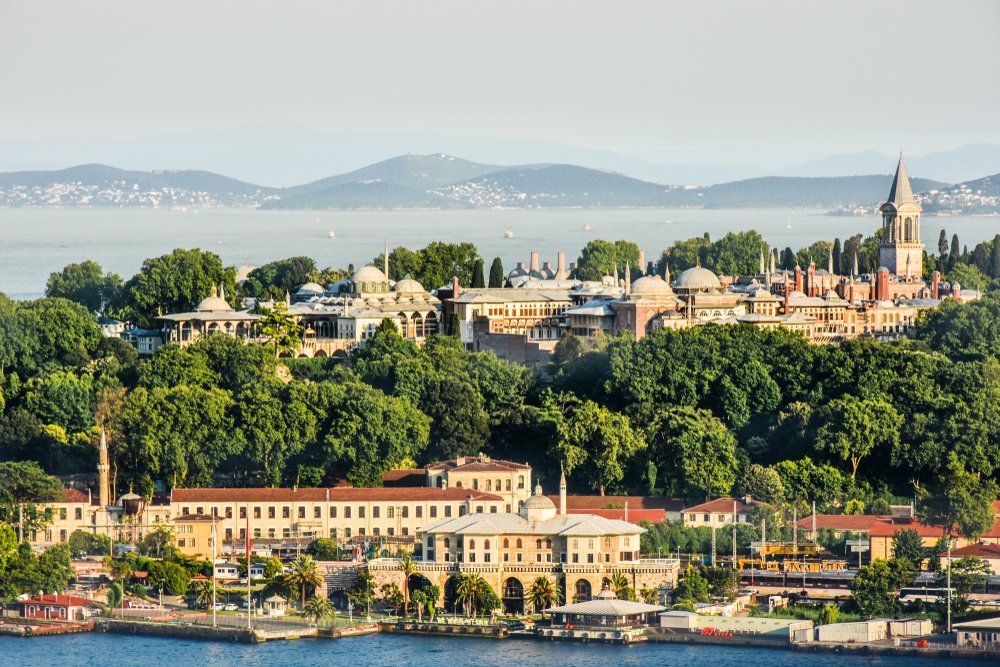
This palace was built after the conquest of Istanbul, and the construction lasted for 17 years. The structure which was constructed by Fatih Sultan Mehmet was started to be built in 1461. In Topkapı Palace, government works were carried out, and members of the dynasty lived as one of the most visited museums of the Istanbul, Topkapi Palace has been home to some famous works such as the sacred relics, Kasikci Diamond, clothes collection and collection of Chinese porcelain.
Dolmabahçe Palace
The Dolmabahçe Palace, built at the request of Sultan Abdülmecid, was used as the main palace in the last 70 years of the Ottoman Empire. Mustafa Kemal Atatürk lived and died here. It is possible to see many works in this structure.
Ahmet III Fountain
Located in Üsküdar Square, the III Ahmet Fountain was built in 1728 to suffice the needs of those passing through the Bosphorus. The couplets on the fountain were written by the famous poets of the period, Rahmi, Şakir and Nedim. At the intersection point of Üsküdar Paşalimanı Street and Hakimiyeti Milliye Street, it is possible to see this structure which is one of the most beautiful fountains of Istanbul.
Cağaloğlu Hammam
The Cağaloğlu Hammam was built by I Mahmut in 1741 to provide income for Hagia Sophia to the Architect Abdullah Agha. But the plan owner was Suleyman Agha. The structure of this work was done in classical Ottoman architecture and Baroque style. It is the last great bath in the Ottoman Period.
